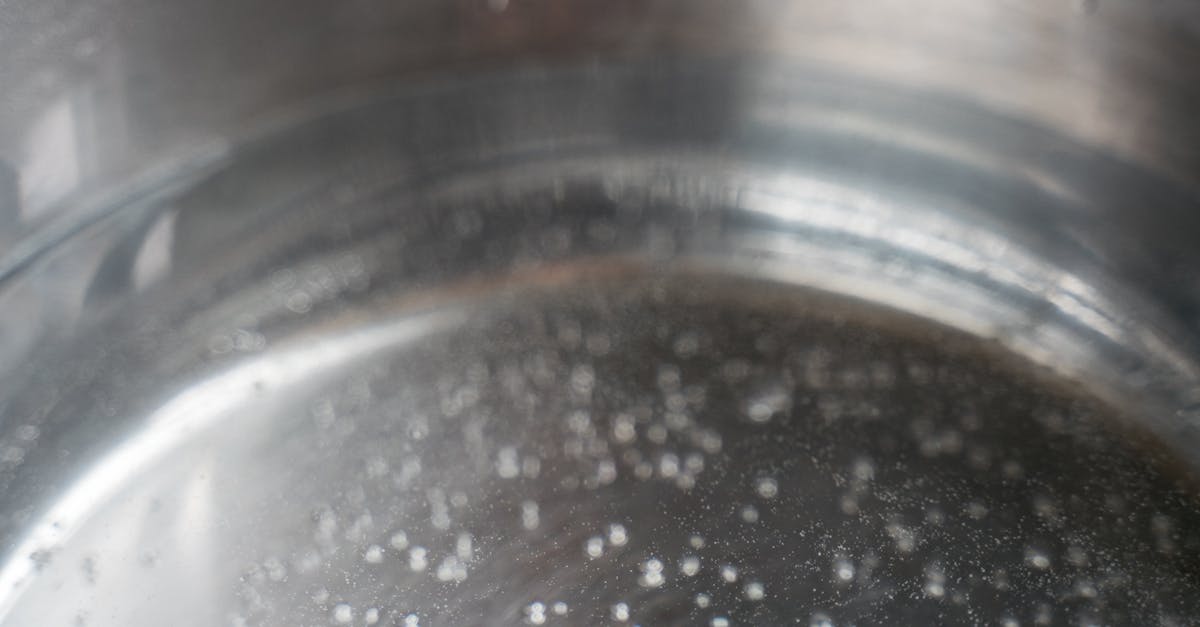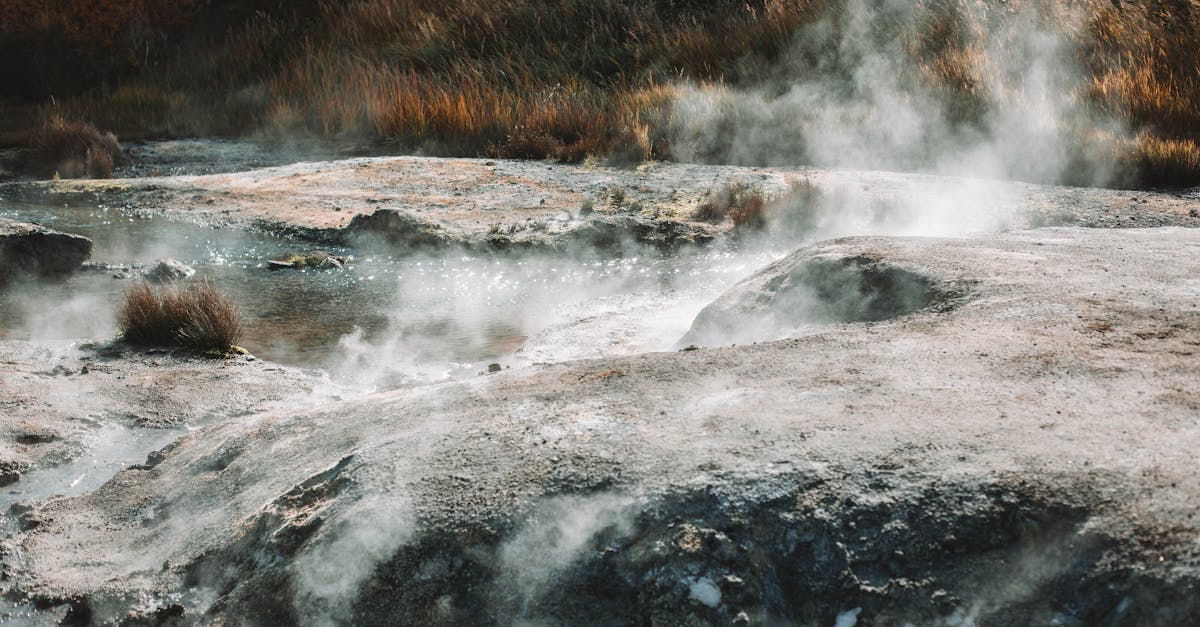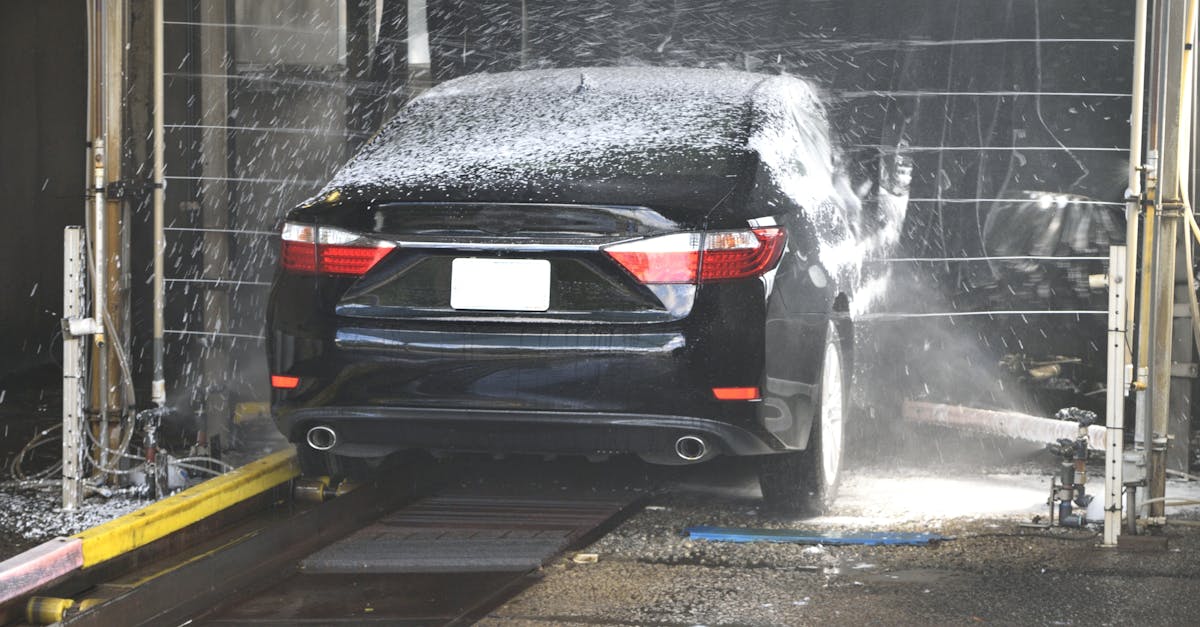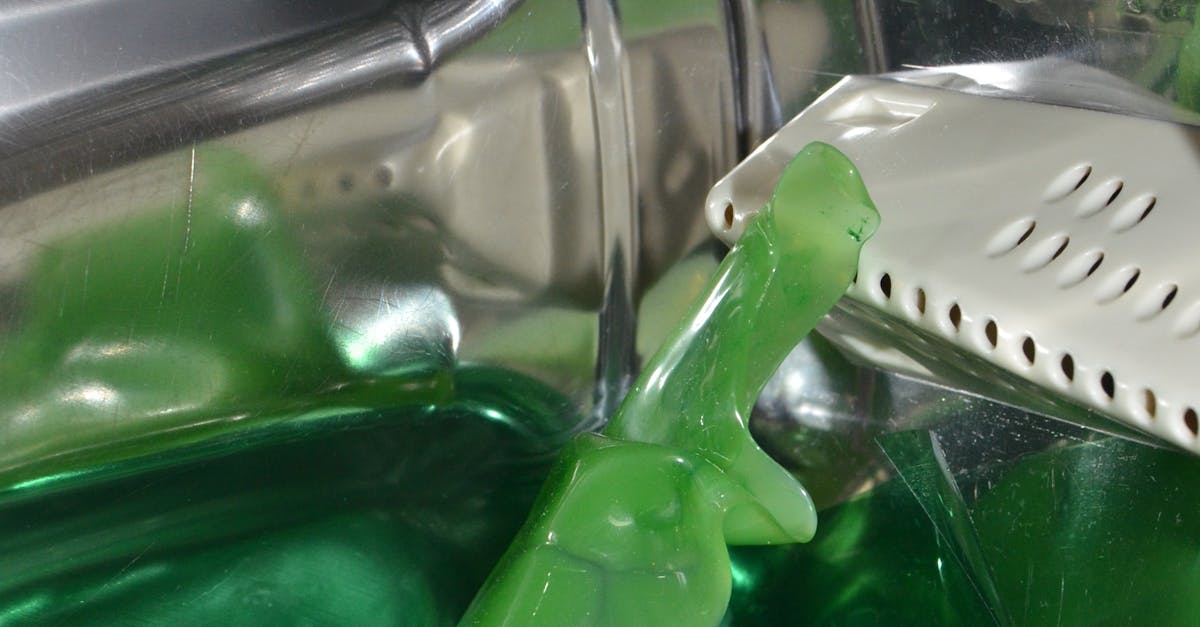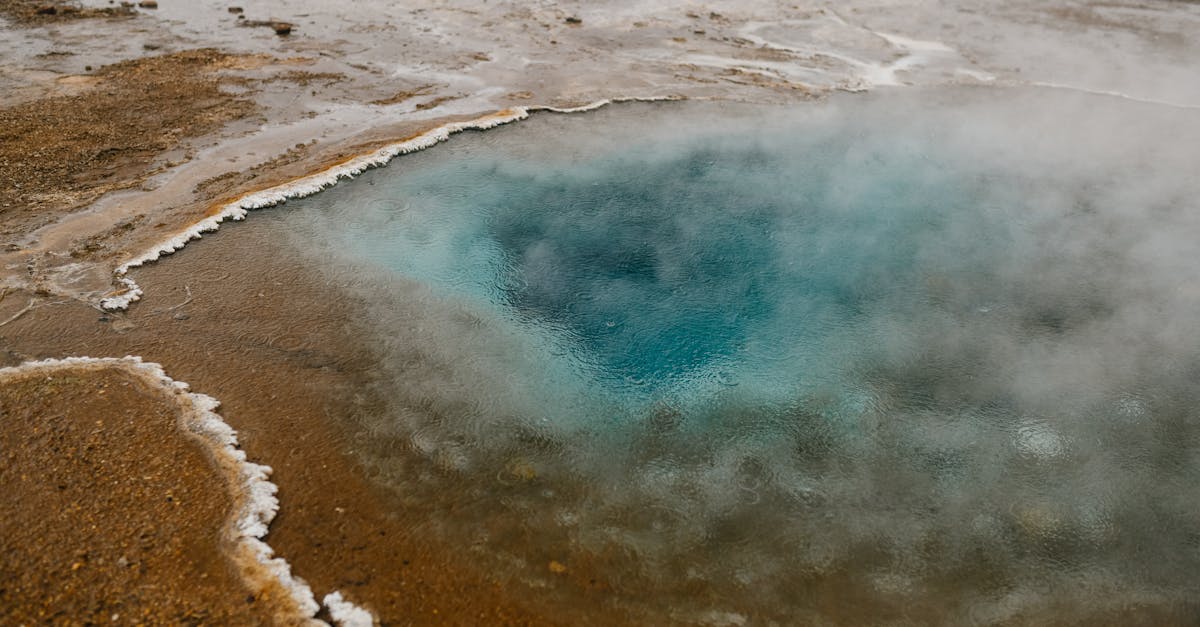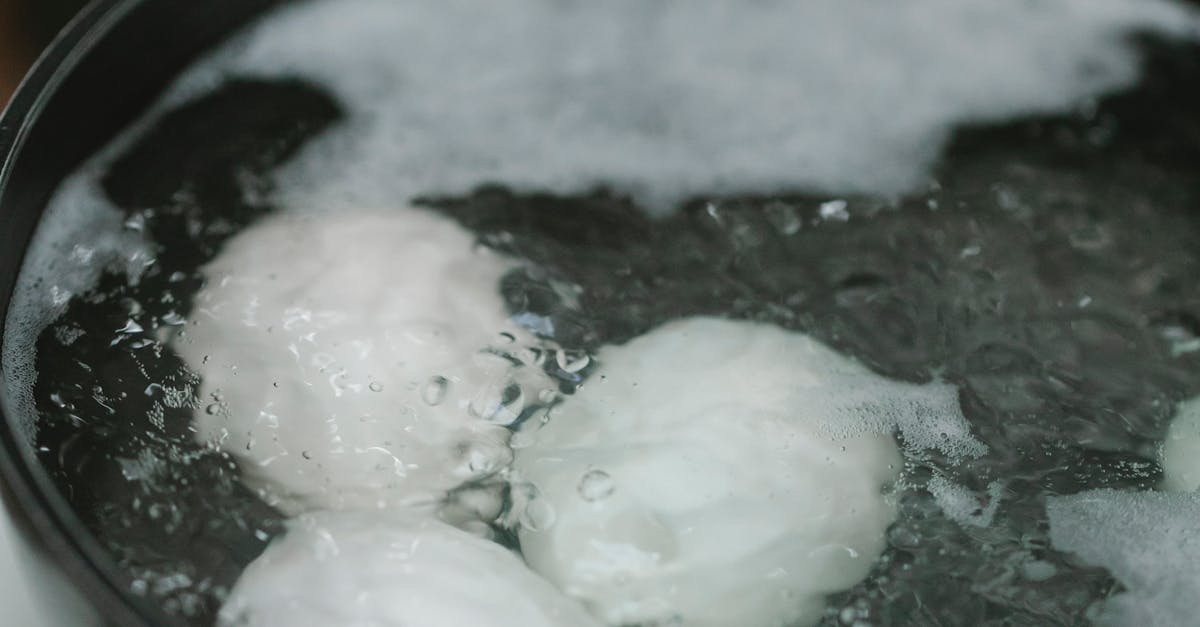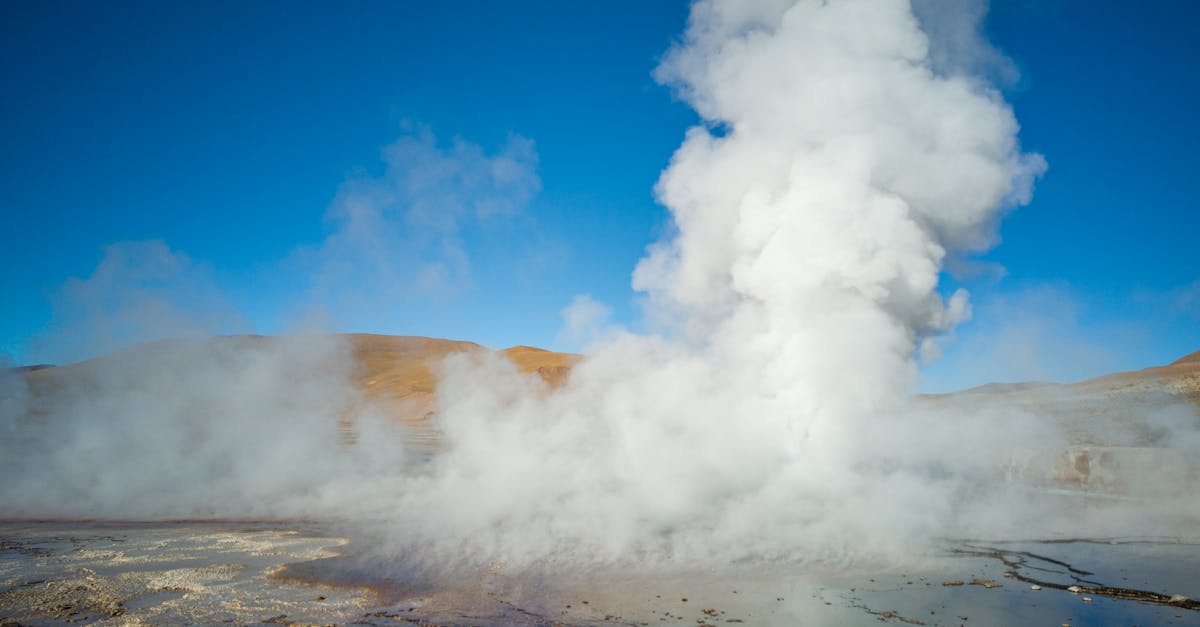
Table Of Contents
Cleaning the Tank Interior
Cleaning the tank interior is essential for maintaining the efficiency of your hot water system. Over time, sediment and mineral buildup can accumulate, impacting water quality and heating efficiency. Regular hot water system cleaning can help prolong the life of the unit and ensure it operates at optimal levels. Begin by turning off the power supply and shutting off the water inlet. This preparation sets the stage for a thorough cleaning process.
Once the system is safely powered down and drained, it is important to physically clean the tank. Use a long-handled brush or vacuum to effectively remove sediment from the bottom and sides of the tank. Make sure to inspect the anode rod during this process as well. Replacing a worn or corroded anode rod can significantly improve tank longevity. After cleaning, the tank should be rinsed carefully before refilling with water. This step enhances the overall maintenance of the hot water system.
Effective Techniques for Debris Removal
When it comes to hot water system cleaning, removing debris effectively is crucial to maintaining optimal performance. Begin by shutting off the power and water supply to the system to ensure safety. Use a wet/dry vacuum to carefully extract any sediment or buildup from the tank's interior. This method allows for thorough removal without introducing more moisture into the system, which can lead to further issues.
In addition to vacuuming, consider using a brush with a long handle to scrub the tank's walls. This can dislodge stubborn deposits that the vacuum might miss. For those hard-to-reach areas, flexible extensions can enhance your reach, ensuring no significant debris is left behind. Implementing these techniques during hot water system cleaning will promote a healthier and more efficient system.
Flushing the System
Flushing the hot water system is a vital step in ensuring its efficiency and longevity. Regular flushing helps eliminate sediment buildup, which can negatively impact performance and safety. The process typically involves turning off the power supply, connecting a hose to the drain valve, and directing the water to a suitable drain or outside area. This allows the accumulated debris to flow out, leaving the tank cleaner and more efficient.
Incorporating hot water system cleaning into your regular maintenance routine can prevent bigger issues down the road. Depending on usage levels and water quality, a thorough flush should be performed at least once a year. This proactive measure goes a long way in maintaining optimal performance and extending the lifespan of the system.
Methods for Thorough Flushing
Thorough flushing is a critical step in hot water system cleaning to ensure optimal performance and longevity. Start by turning off the power supply and closing the cold water inlet. Attach a garden hose to the drain valve at the bottom of the tank before directing the other end to a suitable drainage area. Open the valve to let the water flow out, allowing sediment and debris to be removed from the tank. This process should continue until the water runs clear, indicating that most of the contaminants have been flushed out.
After draining, it is beneficial to refill the tank partially and let it run for a few minutes to further dislodge any remaining sediment. This additional step enhances the cleaning process and prepares the system for efficient operation. Finally, close the drain valve, remove the hose, and reopen the cold water inlet to begin refilling the tank. Regular flushing can significantly reduce mineral buildup and help maintain the overall health of the hot water system.
Inspecting Components
Regular inspection of the components in your hot water system is essential for maintaining its efficiency and longevity. During hot water system cleaning, check the condition of the anode rod, as it plays a crucial role in reducing corrosion. If the rod is significantly depleted, it may need replacement to protect the tank from rusting. Additionally, inspect the thermostat and heating elements for signs of wear or mineral buildup, as these can affect the system's performance.
Another key component to examine is the drainage valve. Ensure it operates correctly to prevent water leaks or blockages during flushing. It’s also wise to look at the insulation on the pipes and tank, as damaged insulation can lead to energy loss and increased utility costs. Taking the time to inspect these crucial parts during hot water system cleaning can lead to more efficient operation and a longer lifespan for your system.
Key Parts to Check During Cleaning
During the hot water system cleaning process, it's essential to inspect key components to ensure optimal functionality. Start by checking the anode rod, which helps prevent tank corrosion. If this rod shows significant wear or is completely corroded, replacing it can extend the life of the tank and improve performance. Additionally, pay attention to the heating elements. Build-up on these surfaces can reduce efficiency, leading to longer heating times and increased energy costs.
Another crucial part to examine is the temperature and pressure relief valve. This safety device helps prevent excessive pressure build-up, making it vital for safe operation. If the valve leaks or shows signs of wear, it should be replaced immediately. Checking the inlet and outlet pipes for any blockages or corrosion can also be beneficial. Addressing these areas during hot water system cleaning can help ensure a reliable and efficient system.
FAQS
How often should I clean my hot water system?
It is recommended to clean your hot water system at least once a year to prevent sediment buildup and ensure optimal performance.
What tools do I need to clean my hot water tank?
You will typically need a hose, a bucket, a wrench, and a scrub brush or sponge for cleaning the tank's interior and components.
Can I flush my hot water system myself?
Yes, you can flush your hot water system yourself by following the appropriate steps outlined in your manufacturer’s instructions. However, if you’re unsure, it may be best to consult a professional.
What are the signs that my hot water system needs cleaning?
Signs that your hot water system may need cleaning include discolored water, strange noises from the tank, and decreased water pressure or temperature.
Is it necessary to inspect components of the hot water system during cleaning?
Yes, inspecting key components during cleaning is essential to ensure they are functioning properly and to identify any potential issues that may require attention.

